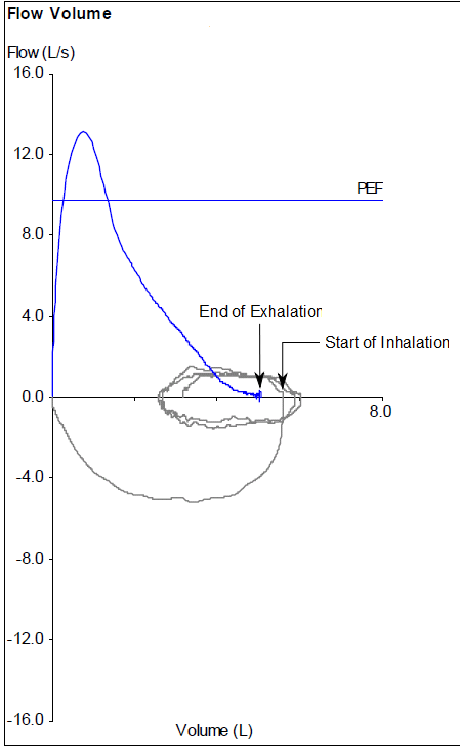I’ve mentioned previously that the PFT Lab I am associated with recently went through a major hardware and software update. As part of this update we decided to change spirometry predicted equations to NHANESIII. The lab has used the Morris equations for at least the last 25 years and this has caused us to revisit a number of issues associated with interpretation of results, one of which is age.
The software update included the NHANESIII equation set but when we selected it we found that the software would not calculate predicted values for patients over the age of 80. The manufacturer said that this was because that was as far as the age range went in the original NHANESIII study and for this reason they could not extend it. Furthermore, their recommendation was to use the Crapo or Knudsen equations for ages above 80 because they were “more linear”. Continue reading

